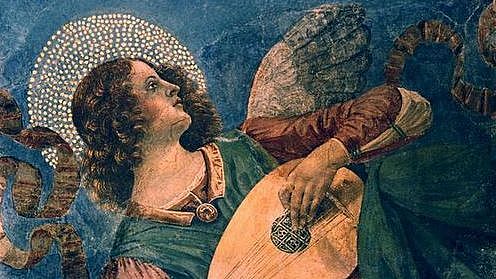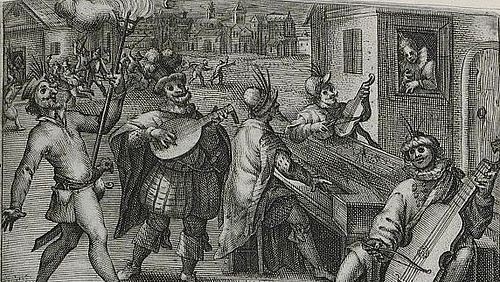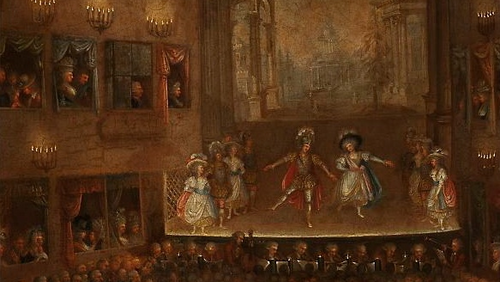Project Description
In 2001 historian Roger Ekirch published his findings on segmented sleep in Western pre-industrial societies: In the days when there was little or no street lighting in cities and when artificial light was not yet widely affordable for either private homes or public buildings, people slept in two shifts, with an intervening phase of wakefulness, starting around midnight, of about one to three hours. Not only has modern sleep research supported his insights about ‘first’ and ‘second sleep’, but Ekirch has also proven from an overwhelming amount of source evidence that this phase of nocturnal wakefulness was used for various activities, including modes of religious behaviour and cultural occupation. Ekirch’s discovery has not yet received any attention in musicology, even though it has massive implications for the historiography of musicking, in Europe and beyond.
Contemporary documentation of musical activities in both religious and secular contexts convincingly confirms that musicking after sunset did indeed not only consist of evening music (before the first sleep), but also of night music in the true sense of the word (after the first sleep). Seen in this light, both musical behaviour and repertoires need to be re-evaluated. Even though the contemporary designations of musics for the evening and musics for the (middle of) night became merged in post-1800 research literature, it is clear that the nominal distinction between evening and night musics pre-1800 was in fact very deliberate.
Working on the basis of a broad range of materials, this observation will be systematically researched and analysed in significant case studies grouped into three subprojects.



